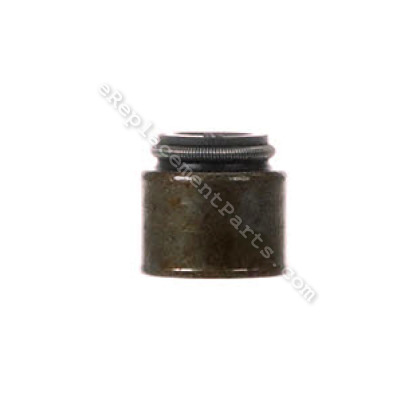Sounds like a valve stem seal problem.



Part Number: 690968 (double check this number versus the ENGINE Number on the data plate on the ENGINE).
They are easily damaged when installing,so don't use a screwdriver to work them down over the valve stem.Use the proper tools and do it right.The groove for the retainer can damage the seal if it is forced down over it without the proper tool to ease it over the groove.



Valve Seal
Part Number: 690968 (double check this number versus the ENGINE Number on the data plate on the ENGINE).
They are easily damaged when installing,so don't use a screwdriver to work them down over the valve stem.Use the proper tools and do it right.The groove for the retainer can damage the seal if it is forced down over it without the proper tool to ease it over the groove.
